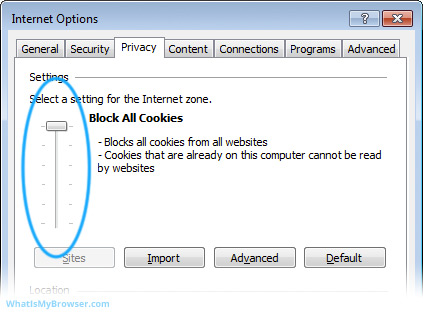
The Internet Explorer team also introduced the new JavaScript engine for 32-bit Internet Explorer 9, codenamed Chakra, which uses Just-in-time compilation to execute JavaScript as native code. They also announced that they would increase the support greatly by the time the first Internet Explorer 9 Beta was released. This was proven to be true at MIX 10, where they demonstrated support for basic SVG markup and improved support for HTML5. Later, Microsoft announced that they had joined the W3C's SVG Working Group, which sparked speculation that Internet Explorer 9 will support the SVG W3C recommendation. Microsoft first announced Internet Explorer 9 at PDC 2009 and spoke mainly about how it takes advantage of hardware acceleration in DirectX to improve the performance of web applications and improve the quality of web typography. The Internet Explorer team focused on improving support for HTML5, CSS3, SVG, XHTML, and the user interface featuring agility and "a clean new design". Microsoft began taking features suggestions through Microsoft Connect soon after Internet Explorer 8 was released. 100/100 but incorrect rendering (no shadow on Acid3 text)ĭevelopment of Internet Explorer 9 began shortly after Internet Explorer 8 was released.
#Enabling cookies internet explorer 9 windows#
Last version supported on Windows Vista and Windows Server 2008. Improved performance, improved Tracking Protection, and the option to pin multiple targets per page. Improved performance, InPrivate Filtering renamed to Tracking Protection, a refined UI, support for more web standards, the option to add a new tab row, and other improvements. Performance, interoperability enhancements, and support for the W3C Geolocation API.

ĬSS3 2D transforms and HTML5 semantic tags. JavaScript engine integrated into the core browser components. HTML5 audio, video, and canvas tags, and WOFF. Support for CSS3 and SVG and a new JavaScript engine called Chakra.
#Enabling cookies internet explorer 9 windows 7#
Internet Explorer 9 is the last version of Internet Explorer to be supported on Windows Vista Internet Explorer 10 will only be supported on Windows 7 and later. Windows XP and earlier are not supported. The system requirements for Internet Explorer 9 are Windows 7, Windows Server 2008 R2, Windows Vista Service Pack 2 or Windows Server 2008 SP2 with the Platform Update. Microsoft has released Internet Explorer 9 as a major out-of-band version that is not tied to the release schedule of any particular version of Windows, unlike previous versions. Internet Explorer 9 also supports the HTML5 video and audio tags and the Web Open Font Format. It also features hardware-accelerated graphics rendering using Direct2D, hardware-accelerated text rendering using DirectWrite, hardware-accelerated video rendering using Media Foundation, imaging support provided by Windows Imaging Component, and high fidelity printing powered by the XML Paper Specification (XPS) print pipeline. It is the last of the five major web browsers to implement support for Scalable Vector Graphics (SVG). Internet Explorer 9 supports several CSS 3 properties, embedded ICC v2 or v4 color profiles support via Windows Color System, and has improved JavaScript performance. It was released to the public on Maat 21:00 PDT. Normally, if you want to protect yourself on the web when browsing, you have to disable Java and scripts like JavaScript.Windows Internet Explorer 9 (abbreviated as IE9) is the current version of the Internet Explorer web browser from Microsoft.

With the default settings, cookies aren’t any major security concern you have to worry about. There’s not much else to cookies other than that. In the next dialog, check the Cookies and website data box and click OK. If you want to remove all the cookies from your computer, go to Tools, Internet Options and on the General tab underneath Browsing History, click on Delete. This time click on the Advanced button and you can check the box “ Override automatic cookie handling” and choose Accept for third-party cookies. To enable third-party cookies also, go to Tools, Internet Options and to the Privacy tab again. You can also choose to accept third-party cookies also, but this is generally not recommended unless you must for a particular web site to work. For example, if you go to and a cookie from is put on to your computer, that would be a third-party cookie. Third-party cookies are cookies left by a domain other than the one you are currently viewing. First-party cookies means that the cookies put on to your computer are from the web page you are currently viewing.

This setting will allow first-party cookies, but will block third-party cookies.


 0 kommentar(er)
0 kommentar(er)
